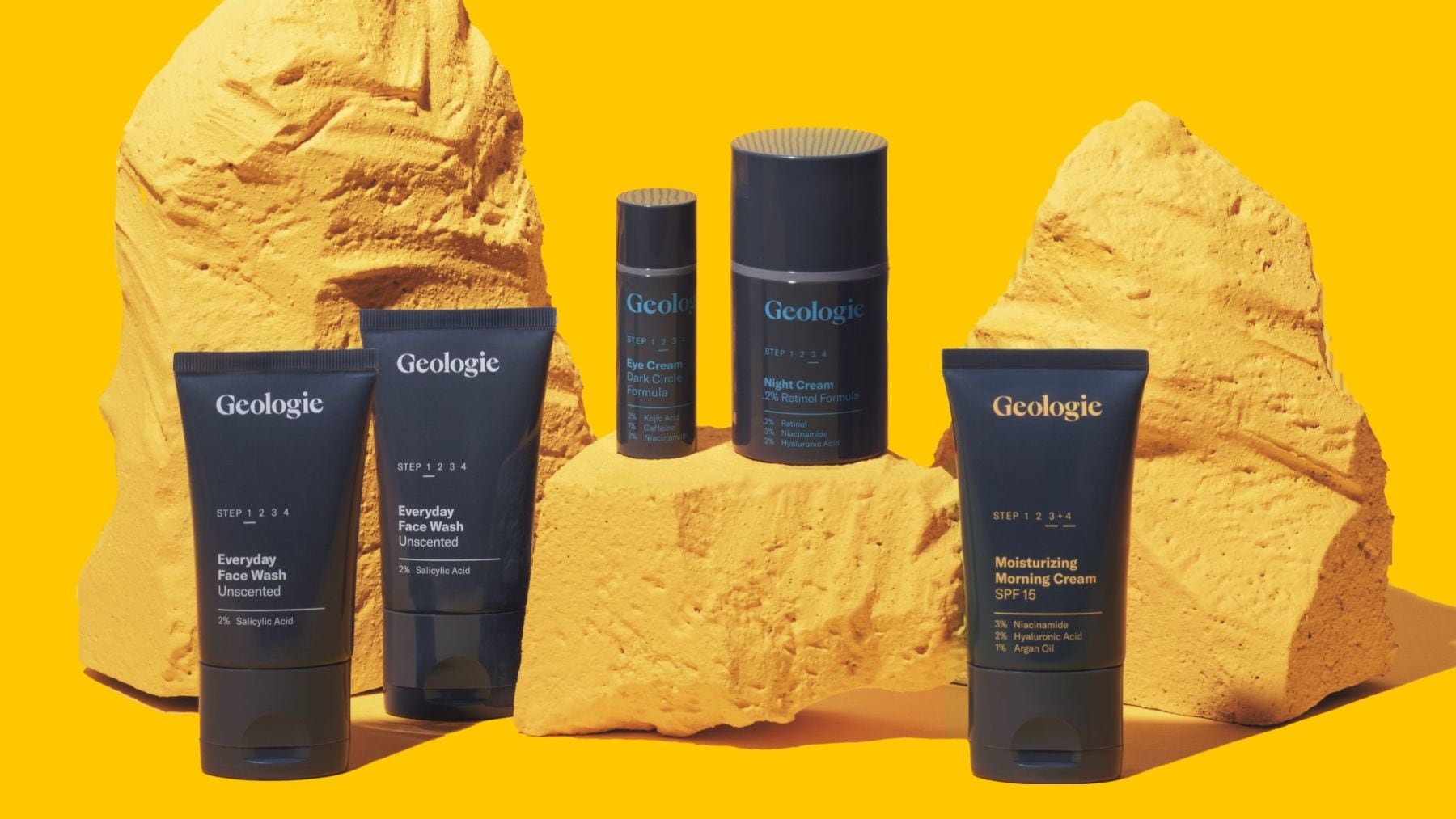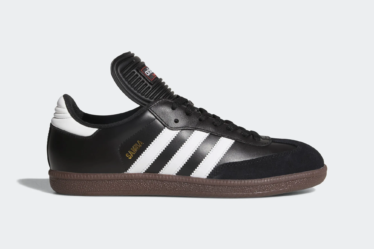
After nearly a year in business, skin care start-up Nakery Beauty was in need of more capital.
Up until that point, the brand, which sells body washes, creams and more, was self-funded. But to ramp up sales, it needed a short-term cash infusion to funnel into inventory.
Not long ago, a brand in Nakery’s position would almost certainly have sought out venture capital to fuel these ambitions. Instead, in January, the company took out a loan with fintech start-up Ampla, worth around 20 percent of its sales up to that point. The money went toward purchasing enough product to stock its own site and its retail partners, Amazon and the Home Shopping Network.
Ten months later, Nakery is on pace to multiply sales fourfold this year, to around $15 million, along with generating profits on the basis of earnings before interest, taxes, depreciation and amortisation, said Robert Debaker, Nakery Beauty’s chief operating officer.
In today’s more conservative investment landscape, more brands, like Nakery, are re-evaluating their relationship with venture capital. Once considered a last resort, debt is now seen by some founders as a way to circumvent the pressure from outside investors to spend excessively in order to acquire market share. That race for growth can keep brands unprofitable, putting them at risk of a less-than-ideal exit, or even going under, when the flow of venture capital stops.
Loans have their own set of challenges, however. Benchmark interest rates are at a two-decade high. Debt providers, ranging from traditional banks to younger institutions specialising in lending to start-ups, such as Ampla, cash flow management firm Settle and e-commerce financing company Wayflyer, have their own selection criteria, preferring to lend to companies that can show a path to profitability. If brands don’t generate the necessary sales, especially amid depressed consumer spending, the consequences can be dire: bankruptcy, and having their assets seized by creditors (start-up debt financing isn’t always so black and white; Ampla and other lenders often offer flexible terms, such as taking a percentage of sales instead of lump sums, and not threatening to seize assets as a consequence of missed payments, as the loans are not taken out against those assets).
But unlike with venture capital, where investors often encourage heavy marketing spending to capture market share, managing loans requires a more measured approach. The discipline it takes to manage loans can lead start-ups to make smarter spending decisions that help them more quickly increase profits and develop a cost-effective approach to digital advertising and managing inventory — which puts them in a better position in the face of a sales slowdown.
“When you’re going to take on debt, you tend to break down your need much more deliberately,” Debaker said. “Do I need this infusion of funds … to really get my brand, my business, to where I want it to go?”
A New Growth Philosophy
Start-up priorities have shifted, especially in the wake of so many high-profile implosions of VC-backed DTC brands.
Men’s skin care brand Geologie, for example, raised a $5 million seed round from the likes of Charge Ventures and Bling Capital shortly after its launch in early 2020, because the brand’s founder, tech entrepreneur Nick Allen, felt it was necessary to compete and acquire new customers in a crowded market.
But Allen realised that to build a lasting business in beauty, it was increasingly important to cater to existing customers rather than race to acquire new ones. So when he was looking for more capital for Geologie in early 2022, Allen opened a $5 million line of credit through fintech start-up Liquidity Group to ramp up its product launches and marketing without expectations of money-losing growth.
Geologie has used the loan to improve operations, ensuring it doesn’t have an excessive amount of inventory and enhancing customer service to retain existing customers. Its focus on repeat customers has led to stable double-digit annual growth without overspending on marketing. The brand has only used $3 million of its loan, avoiding a larger payback during a weaker economy.
“In retrospect, it was the right thing to do,” Allen said. “It puts a little more patience into the calculation.”
Better Habits
Industry experts say that raising debt keeps start-ups accountable for their spending and makes way for a smoother path to profitability. Brands use loans to fund business essentials like marketing and inventory, rather than expansion efforts, as venture capital is typically used for.
Nakery Beauty syncs when it places an order for new goods and when a loan payment is due. The company pays for other operational expenses, like marketing and payroll, with cash the business generates.
Since the interest on its loan is calculated based on the average balance of funds used, this approach to deploying funds from the loan keeps its debt levels and the interests on that loan as low as possible. That manner of managing inventory has prompted Nakery Beauty to negotiate the costs of the supplies needed to make its goods. Nakery Beauty is set to end the year with 10 percent EBITDA profit margins, Debaker said.
Geologie’s loan has made it similarly exacting in managing inventory and the capital needed to fuel it. When placing orders for new goods, the company maps out how much of those goods it can sell and how long it will take for them to do so to set the right inventory levels. To aid in this effort, the brand created a system in 2022 to track the type of items in its 10,000-square-foot warehouse in Illinois and the time it takes to sell those goods on its site, which helps its finance team with inventory purchasing and advertising spend to drive shoppers to buy those items on its site. This has contributed to Geologie generating net profits for the second and third quarters of the year, although the company did not disclose an exact figure.
The loan “gave us time to reach profitability without having to take additional equity financing,” Allen said. “When you have to pay it back, you have to be more careful of making sure that your business is generating the cash to pay back that loan.”


